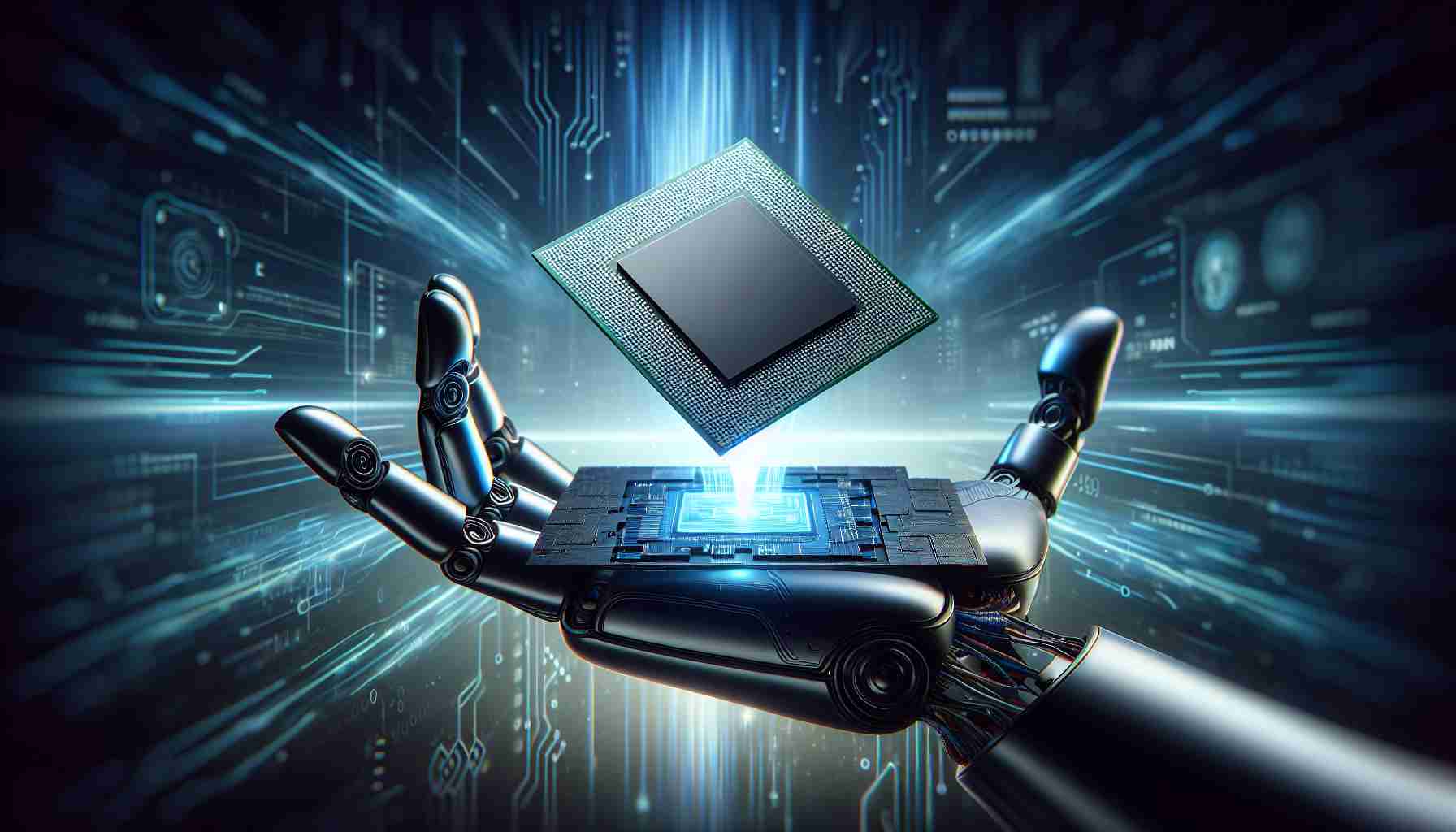Industry insiders have unveiled insightful plans regarding the upcoming Snapdragon 8 Gen 4 chipset debut, pinpointing a trio of smartphones that are slated to pioneer this cutting-edge technology. Xiaomi is poised to take the lead by incorporating the latest chipset into their forthcoming Xiaomi 15 series.
Loyal to patterns set by previous releases, the Snapdragon 8 Gen 3’s successor is on the horizon, promising to elevate the Android smartphone experience. The exclusive revelation comes from the well-informed Yogesh Brar, who forecasts that Xiaomi’s 15 series will be the trailblazers carrying the Snapdragon 8 Gen 4 torch first.
Understanding the progression of Xiaomi’s previous lineups substantiates this prediction, as the Xiaomi 14 series had similarly introduced the Snapdragon 8 Gen 3. Accordingly, Xiaomi’s launch will begin within the confines of China before reaching a global audience.
Brar has indicated that Xiaomi stands at the forefront to unleash the Snapdragon 8 Gen 4, with OnePlus and IQOO not far behind. The expected lineup of early adopters includes the Xiaomi 15 and 15 Pro, OnePlus 13, and IQOO 13.
Meanwhile, in the United States, predictions are set on Samsung to shepherd the Snapdragon 8 Gen 4 into the market with their own Galaxy S25 series—potentially with an enhanced “for Galaxy” variant of the chipset.
The anticipation for Qualcomm’s refreshed powerhouse of a processor is justified, with the firm itself verifying an October release. The Snapdragon 8 Gen 4 is hinted to showcase the custom Oryon CPU for a dramatic increase in computational prowess, alongside FastConnect 7900 for robust connectivity including ultra-wideband support. Eager tech enthusiasts can expect the Xiaomi 15 series to arrive hot on the heels of the chipset’s announcement.
To provide a fuller picture of the topic of next-generation smartphone chipsets and the anticipated debut of the Snapdragon 8 Gen 4, it is important to address several key aspects that give context to the excitement and the strategic moves by various smartphone manufacturers.
Important Questions and Answers:
1. What are some key features expected in next-generation smartphone chipsets?
Next-generation chipsets such as the Snapdragon 8 Gen 4 are expected to provide improvements in CPU and GPU performance, energy efficiency, AI processing capabilities, enhanced connectivity like 5G and Wi-Fi advancements, and better support for higher resolution cameras and displays.
2. Why is Xiaomi often among the first to integrate new Snapdragon chipsets?
Xiaomi has a history of strong partnerships with Qualcomm and often positions its devices at the forefront of technical innovation. Being among the first to adopt new chipsets allows Xiaomi to showcase the performance of their devices and attract tech-savvy consumers.
3. What are the potential challenges facing the rollout of the Snapdragon 8 Gen 4?
Challenges can include production and supply chain issues, optimization of software to harness the full capabilities of the chipset, and ensuring that the thermal management of devices can handle increased performance.
Advantages and Disadvantages:
Advantages:
– Performance: New chipsets typically offer significant performance enhancements, enabling faster and more responsive smartphones.
– Efficiency: Advances in chipset technology can lead to more power-efficient devices, which is beneficial for battery life.
– Features: The integration of the latest chipset opens doors to new features such as advanced AI, better image processing, and improved gaming capabilities.
Disadvantages:
– Cost: The latest technology often comes at a premium, potentially raising the price of newer smartphones.
– Timing: Manufacturers may face pressure to release new models quickly, possibly resulting in less optimization or testing.
– Exclusivity: Early adoption of new chipsets may initially be limited to high-end models, leaving budget consumers waiting for trickle-down technology.
Key Challenges and Controversies::
One of the key challenges is ensuring compatibility and maximizing the performance of the new chipset with the hardware and software of the smartphone. Additionally, the actual real-world performance and the thermal management of these more powerful chipsets can be a concern. Another area of interest is how Qualcomm’s new chipsets will compete with other industry players like Apple’s A-series chips and Samsung’s Exynos.
As for controversies, the industry often debates on topics such as actual performance vs. on-paper specs, the environmental impact of rapid technology turnover, and the proprietary nature of certain chipsets in specific regions, like the aforementioned “for Galaxy” variant.
For more related information, here’s a link to Qualcomm, the company behind the Snapdragon chipsets: Qualcomm
And for information regarding Xiaomi, the company set to debut the new Snapdragon chipset: Xiaomi
Please note these URLs have been provided with the assumption that they are valid and properly reflect the domains associated with the companies mentioned.
The source of the article is from the blog mgz.com.tw
